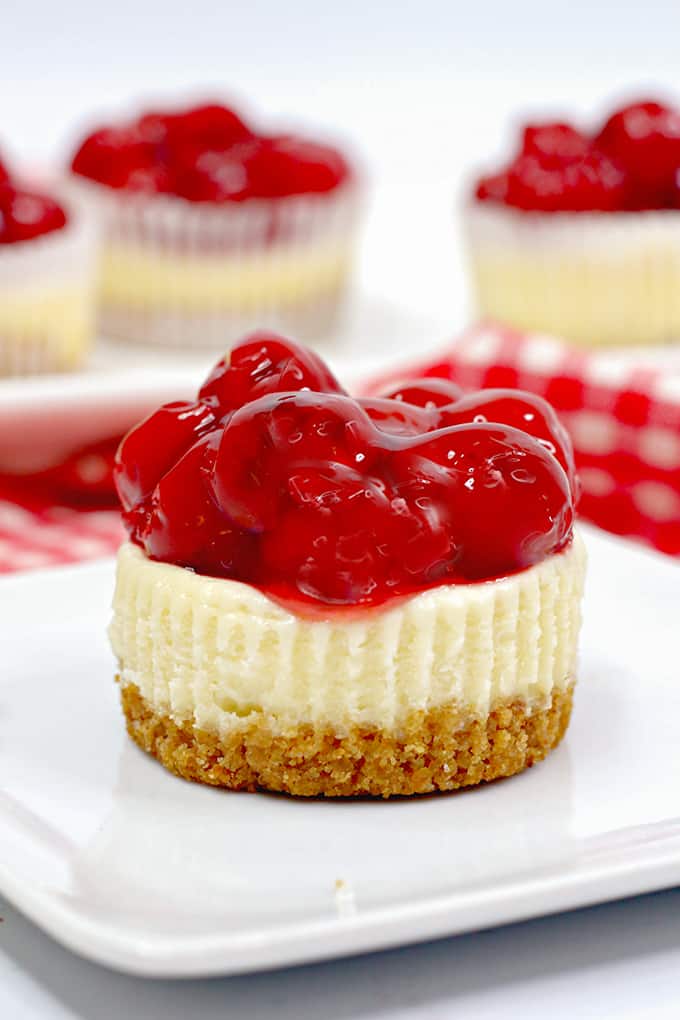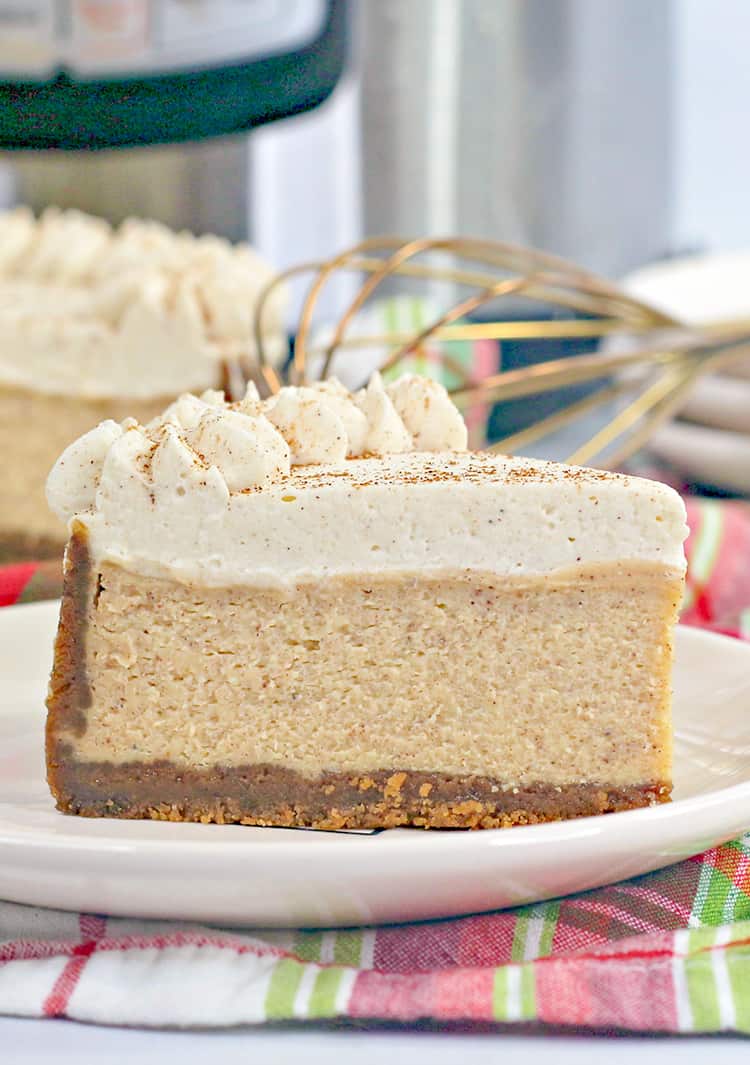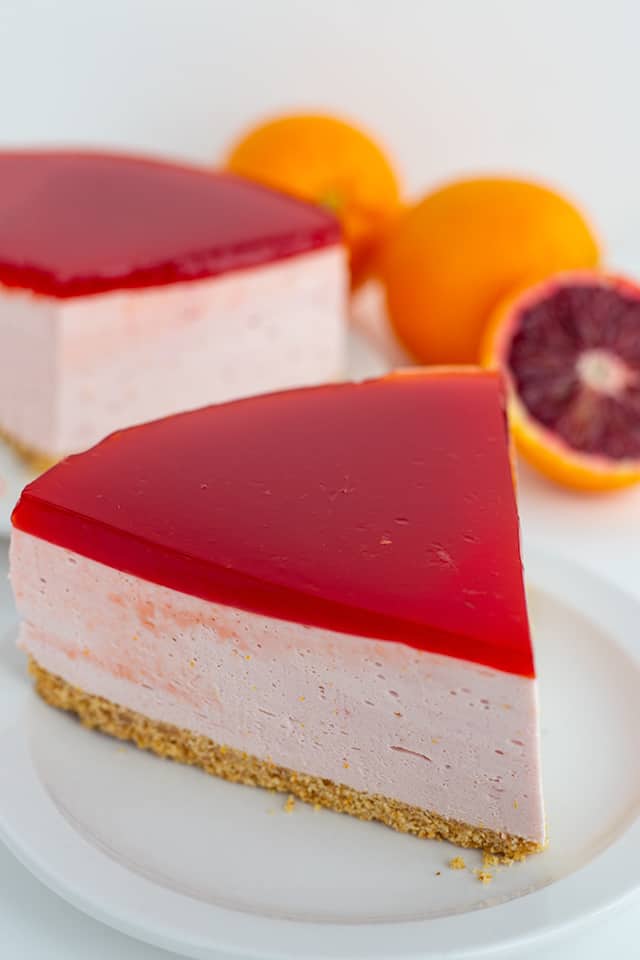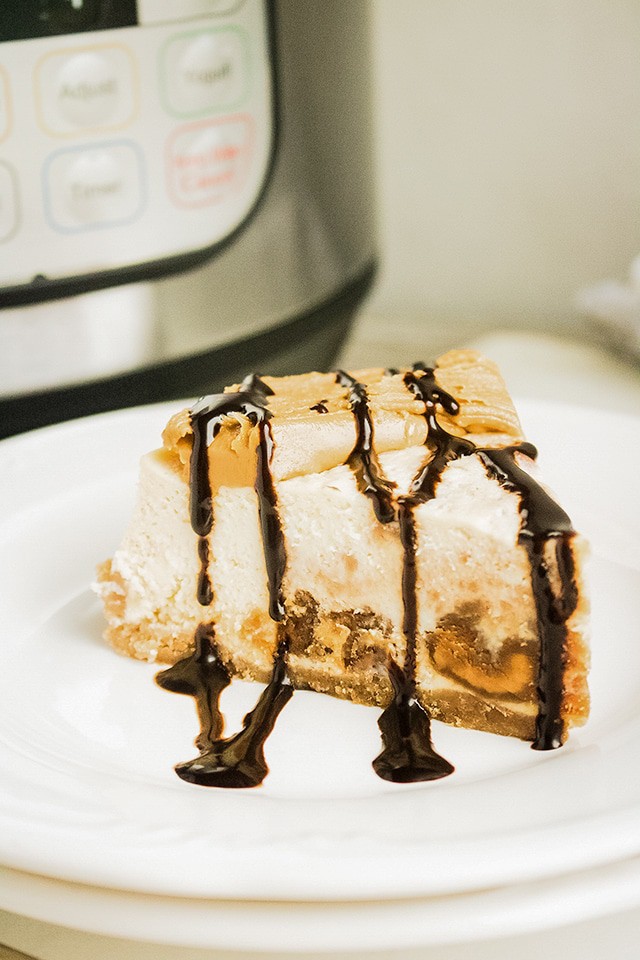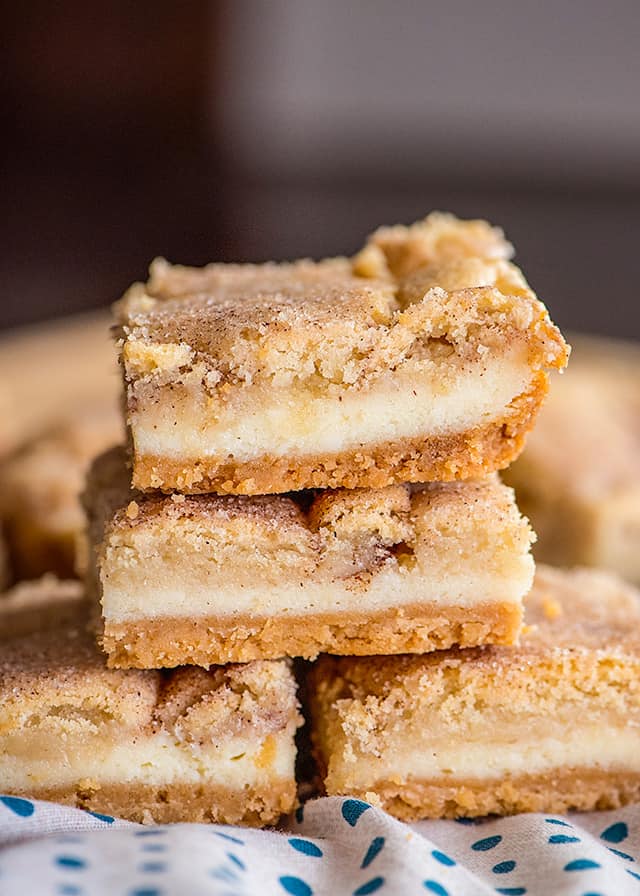How To Fix Lumpy Cheesecake Batter
Have you ever been making cheesecake batter, following the directions carefully, only to end up with batter that is full of lumps? Well, it has happened to all of us! Let’s talk about how to fix lumpy cheesecake batter. Making a smooth cheesecake batter is truly an art and we are here to show you exactly how to do it. Use these easy tips and tricks to make your cheesecake batter perfectly smooth and you will be enjoying a silky cheesecake in no time!
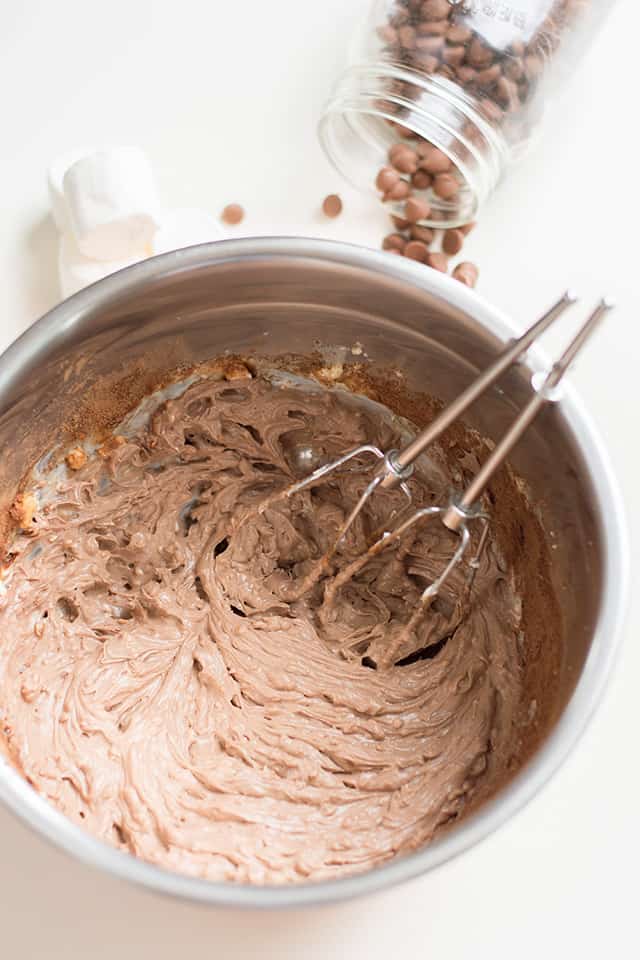
Why is My Cheesecake Lumpy?
The main reason that cheesecake batter (and in turn, the final cheesecake) is lumpy is because the cream cheese was not blended into the batter well. The lumps that form in the batter are typically pieces of solid cream cheese. You will see the white clumps in the batter and, after the cheesecake has baked, you may cut into it to find sections that are solid cream cheese as well.
When you make a cheesecake, the first step is usually to blend the cream cheese and the sugar together. This step is crucial toward making your cheesecake batter smooth! If you beat the cream cheese and sugar together well, the cream cheese will become light and fluffy, almost doubling in volume. When soft and aerated, the rest of the ingredients in the batter (the eggs, vanilla, sour cream etc), will combine much easier with the cream cheese, making a smooth, uniform batter.
If the cream cheese is not mixed long enough with the sugar and is still dense, the other ingredients will not mix into the cream cheese and, instead, they will remain separated, no matter how long you mix. The batter will have lumps of cream cheese inside a watery, eggy mix. Blending that cream cheese in the first step is crucial! Here are a few tips that will also help you make a cohesive, smooth batter:
- Start with cream cheese that is room temperature. Cold cream cheese will be stiffer and harder to mix into a smooth batter. Cream cheese that is slightly warm will blend well and be much softer.
- Have the other ingredients in the cheesecake at room temperature as well. When everything is the same temperature, they will come together more easily. Be sure the eggs, especially, are the same temperature as the cream cheese.
- Beat the cream cheese and sugar together until the cream cheese is almost doubled in volume. Stop the mixer frequently to scrap the sides of the bowl, incorporating all the cream cheese fully. Cream cheese will definitely stick to the sides and bottom of your mixing bowl so it is essential you scrape the sides and make a uniform ,soft cream cheese before adding any other ingredients!
- Add the eggs to the cream cheese mix very slowly, adding one egg at a time and allowing the egg to slowly blend into the cream cheese before adding the next egg. Scrape down the sides of the bowl after each egg addition to make a uniform lump-free batter.
- If your recipe calls for flour, sift it first and add it slowly to the batter at the end. Sometimes, flour can clump together in the cheesecake batter, causing small lumps. Sifting the flour and mixing slow wil prevent flour lumps.
The main take away to prevent cheesecake lumps is to beat the room temperature cream cheese well, scraping down the sides of the bowl as it blends. Having a soft, fluffy, uniform cream cheese before adding and other ingredients will ensure your batter and cheesecake are smooth.
Is it OK if My Cheesecake Batter is Lumpy?
Ideally, you want your cheesecake batter to be smooth and lump free. When there are lumps in the batter, this means the batter is not blended well and it may not bake properly. The final cheesecake may have a gritty texture rather than being smooth. It also may not fully set in the oven when baked and be very loose and jiggly.
While a few small lumps are okay, a batter full of cream cheese lumps is not going to work out well. Take a look at our tricks to help fix lumpy cheesecake batter before you pour that chunky batter into the cheesecake pan.
How to Fix Lumpy Cheesecake Batter
If you have finished mixing your batter and find that there are lumps, there are a few things you can do to try to fix it. At the very least, you can minimize the amount of lumps and hopefully bake your cheesecake successfully.
- Use a rubber spatula to squash the lumps, pressing the cream cheese lumps against the side of the bowl and then stirring them into the batter.
- If your ingredients were cold when you made the batter, let the mixed batter sit at room temperature for about 30 minutes to one hour then gently mix it by hand, smashing the lumps with a rubber spatula as you stir. Warm batter should blend a little easier.
- Press the cheesecake batter through a mesh sieve, pushing the lumps through the sieve to break them up. Do not discard any pieces that won’t go through the seve but instead, smash them by hand with a spatula or spoon. Gently stir the batter together once it has been strained.
- If your cheesecake is already baked and you find afterward that it is lumpy, put the entire baked cheesecake back in your mixer and smash it all together until smooth. Use a small ice cream scoop and scoop tiny balls from the mashed cheesecake, placing them on a lined sheet tray after you scoop them. Put a lollipop stick in each ball, freeze and then dip each one in melted chocolate. You have just made delicious cheesecake cake pops instead!
Lumpy cheesecake batter isn’t the end of the world and you should be able to fix it, make it a little better or turn it into cake pops! Of course, the easiest thing is to mix the cheesecake slowly with warm cream cheese and prevent lumps in the beginning of the recipe.
Everyone has made a cheesecake batter that has a few lumps so do not get discouraged if you see a few pieces in your batter. Work to fix it and, next time you make cheesecake, follow our tips for making smooth batter! A perfectly silky cheesecake is in your future.


